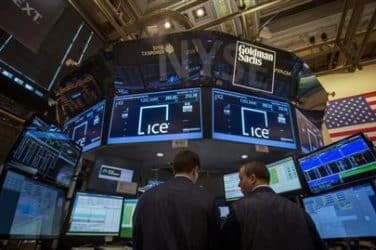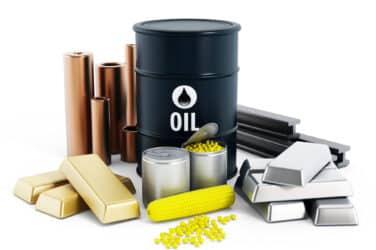

Trading volumes of commodity derivatives at SGX climbed to a record 5.4 million contracts in September, a 77% year-on -year increase, as market participants have been hedging against volatility and managing risk.
Benchmark iron ore derivatives volume jumped 85% in September which the Singapore exchange said was due to China’s stimulus measures and expansion of steel production which boosted hedging.
Cheong Jin Yu, Director at SGX Group said at the SGX Commodities Day in London on 17 October that trading of iron ore derivatives this year has already exceeded the total volume traded in 2022.
He highlighted the increased diversity of participants in the iron ore market, with financial firms making up a much larger portion than five years ago. This was reflected in the volumes in September when screen trading contributed to more than half of total futures activity during the month, due to growing adoption from financial participants. In addition, trading has grown across all regions which is reflected in volumes in the evening session in Singapore rising to 20%, compared to 10% four or five years ago.
“Iron ore contracts are highly connected to the Chinese economy so people have started looking at the product for their investment strategy,” added Cheong. “They offer the best response to China’s reopening from the end of October last year.”
When the Chinese government shifted from its zero-COVID policy, there was a large increase in iron ore prices as participants forecast a surge in steel manufacturing, leading to more demand for hedging and risk management.
It was noted that Chinese steel production has remained resilient and the question is how long that will continue, with support from infrastructure investment and urbanisation.
Luke McDermott, trader at Onyx Commodities Limited, agreed on the panel that iron ore contracts facilitate speculation on the Chinese economy.
McDermott added: “We may have reached peak iron ore demand but the price has almost certainly not peaked. In commodity markets there will always be supply squeezes, which might be because there is a huge flood in South America or other weather-related issues as global warming kicks in. Futures prices will reflect this in the years to come.”
Cheong continued that SGX views its commodities derivatives as a ‘virtual steel mill’ since it offers physical participants a one-stop venue for price discovery and risk management across the entire global steel value chain. They can manage upstream and downstream price volatility while benefiting from margin efficiencies by trading across products in one venue.
SGX launched Shanghai Rebar futures in 2022 to complete its virtual steel mill and Cheong said market makers are present every day with volumes starting to pick up.
“We have talked about our virtual steel mill for a long time but that is evolving into the virtual EV complex,” added Cheong.
The exchange can now also offer a ‘virtual electric vehicle complex’ as its derivatives cover a wide range of components from battery metals, to steel, to rubber for tyres. In 2022 SGX launched a suite of commodities contracts for four raw battery materials – cobalt metal, cobalt hydroxide, lithium carbonate and lithium hydroxide. Rubber has been important in Singapore’s history as the commodity led to the country becoming a global trading hub more than a century ago, and SGX provides the global benchmark for natural rubber. In September the volume of rubber futures increased 37% year-on-year to a record 262,199 contracts, due to increased price volatility of physical rubber, alongside a rally in substitute synthetic-rubber prices, which spurred hedging demand.
Cheong also highlighted arbitrage opportunities in dairy contracts. In 2021 the New Zealand exchange transferred its suite of dairy derivatives to trade exclusively on SGX and volumes have grown. CME lists US dairy contracts and EEX lists dairy contracts for Europe.
“There are some interesting arbitrage opportunities between the New Zealand product and the contracts in Europe and the US,” he added. “We’re really starting to see some interest in both options and futures.”









